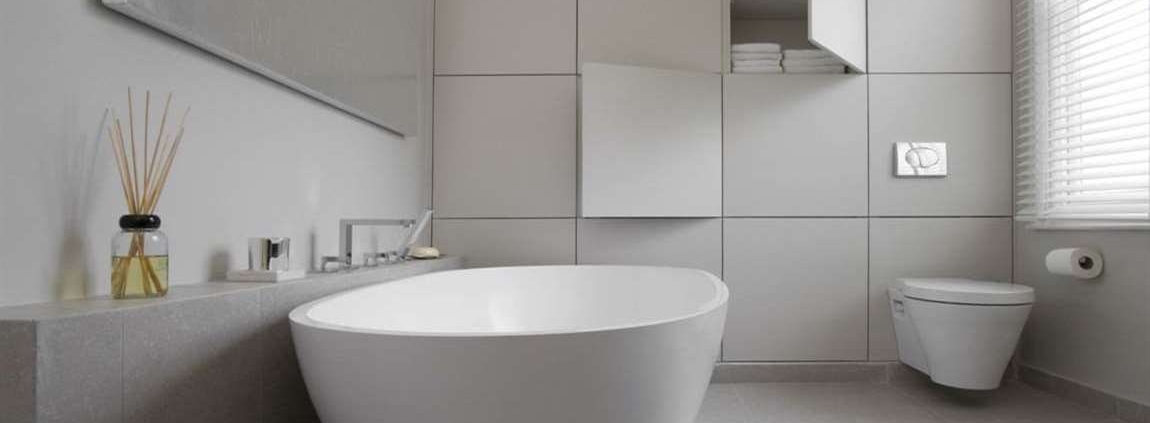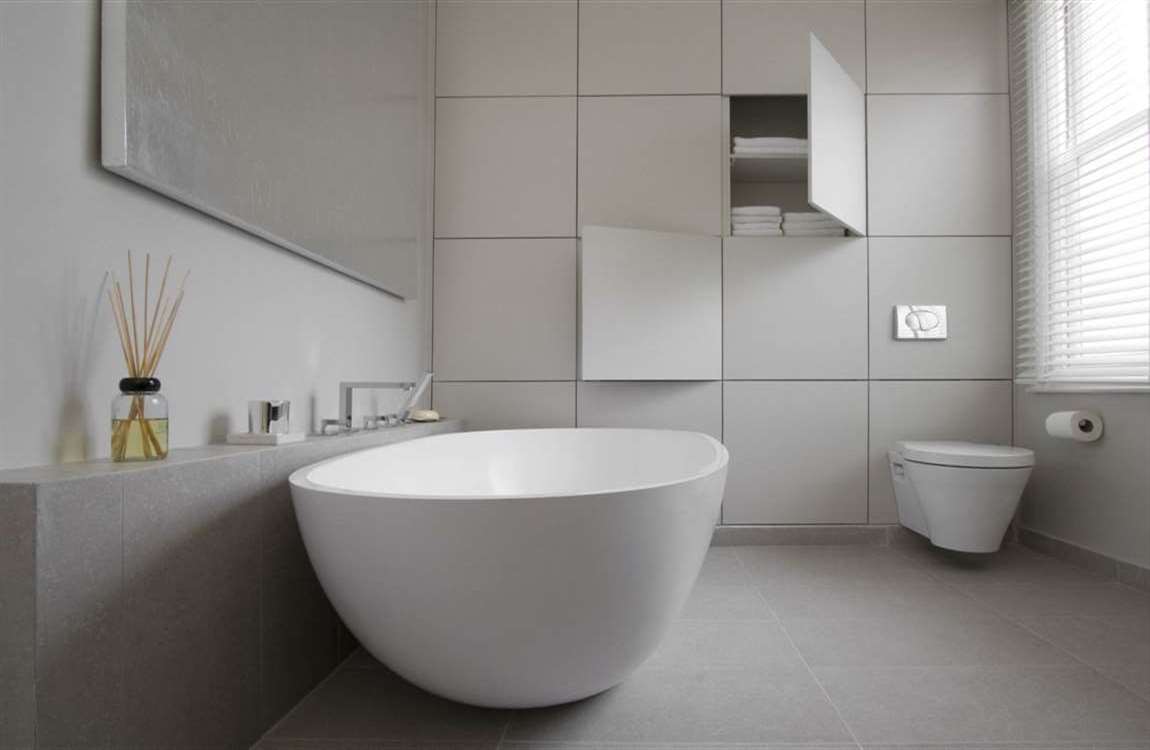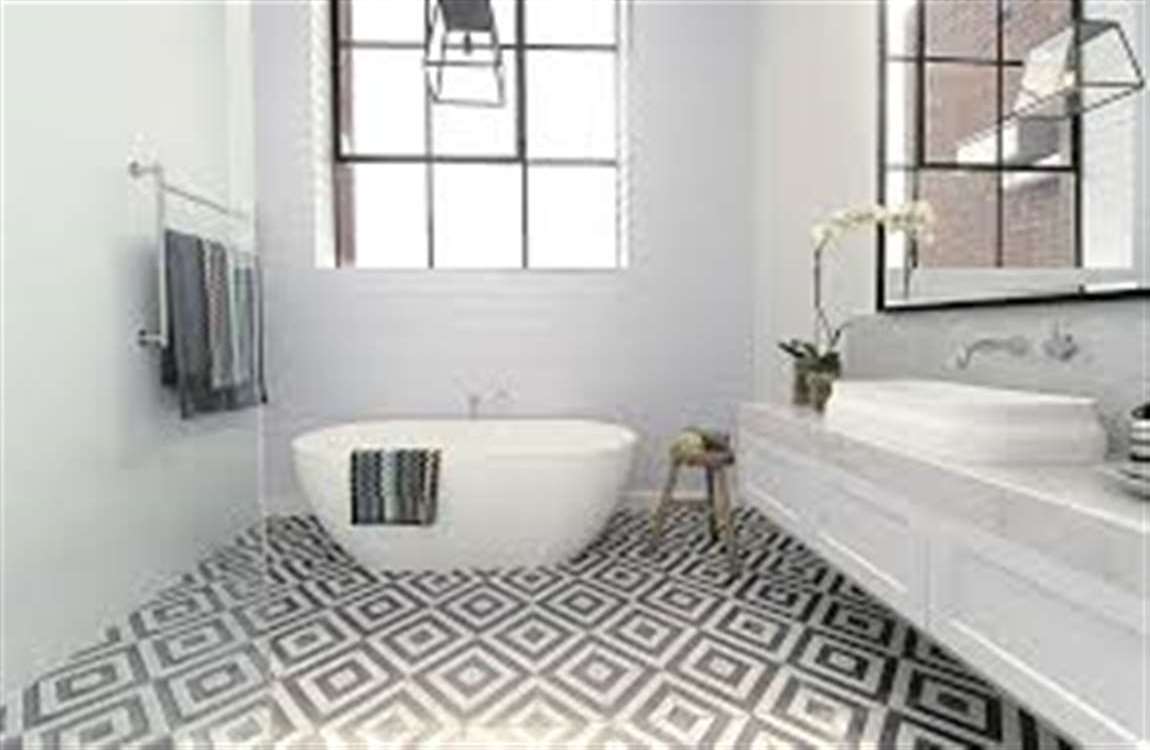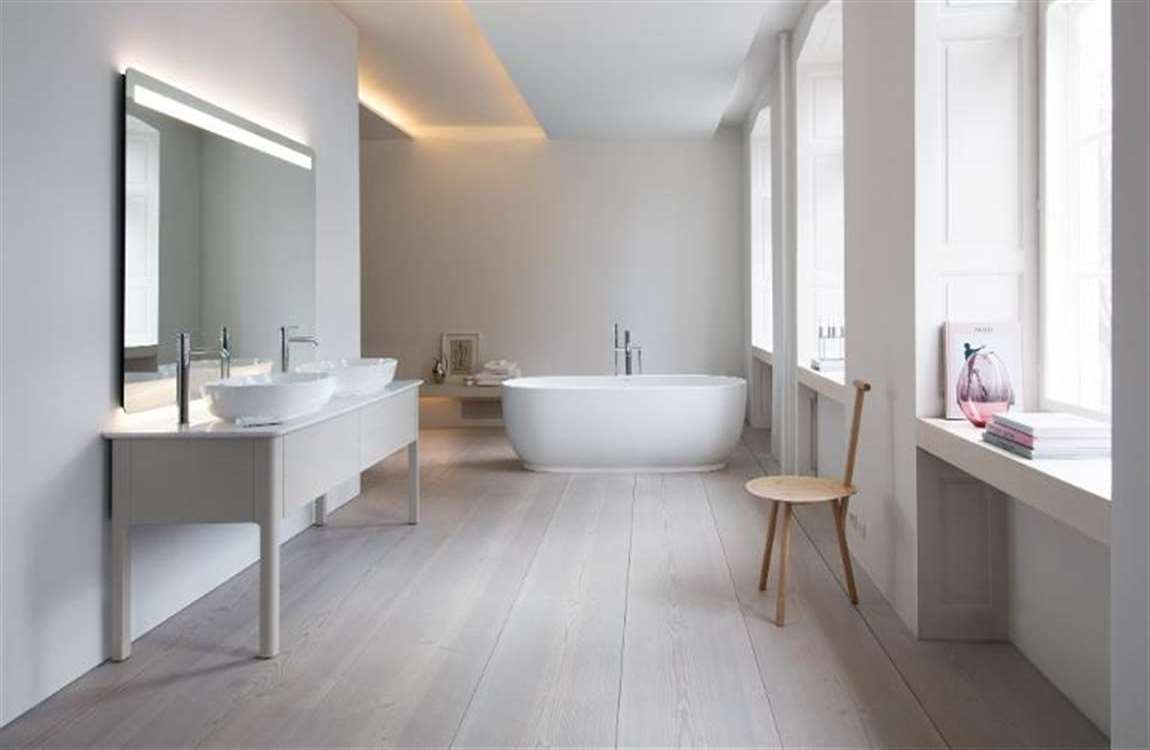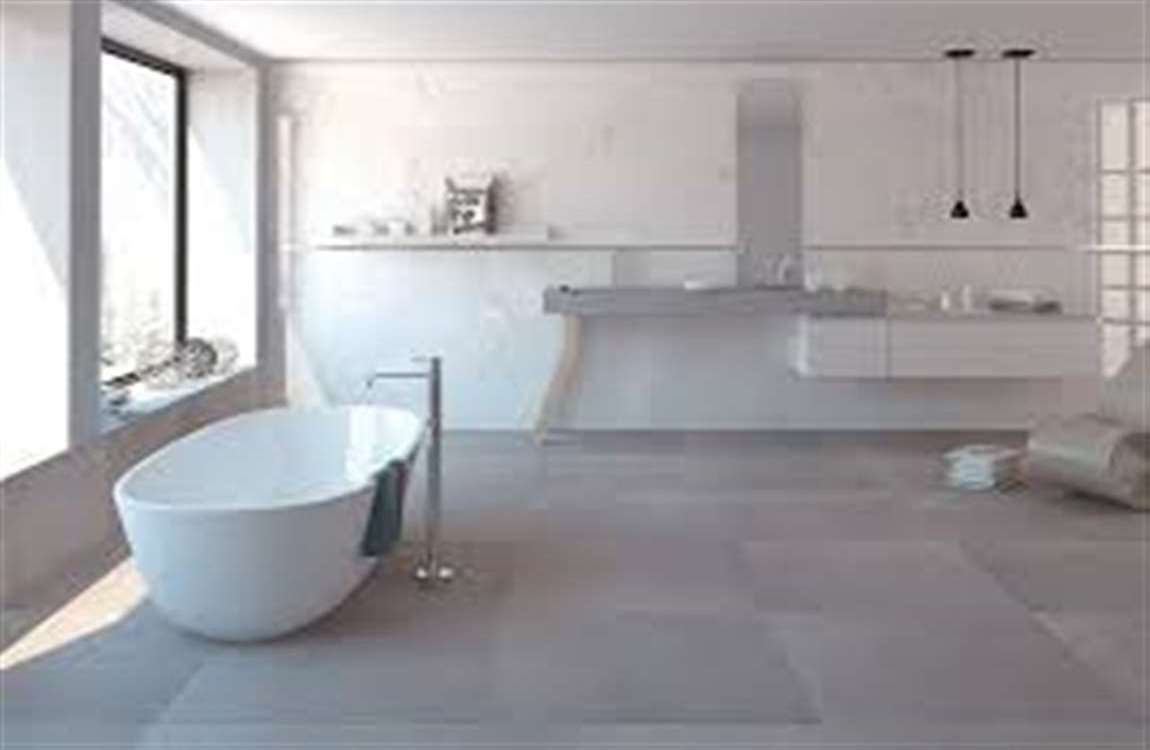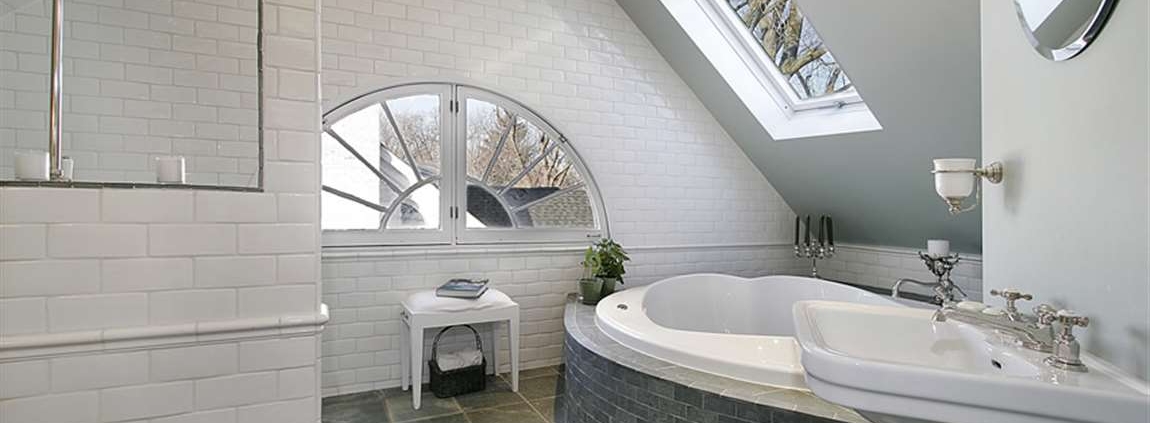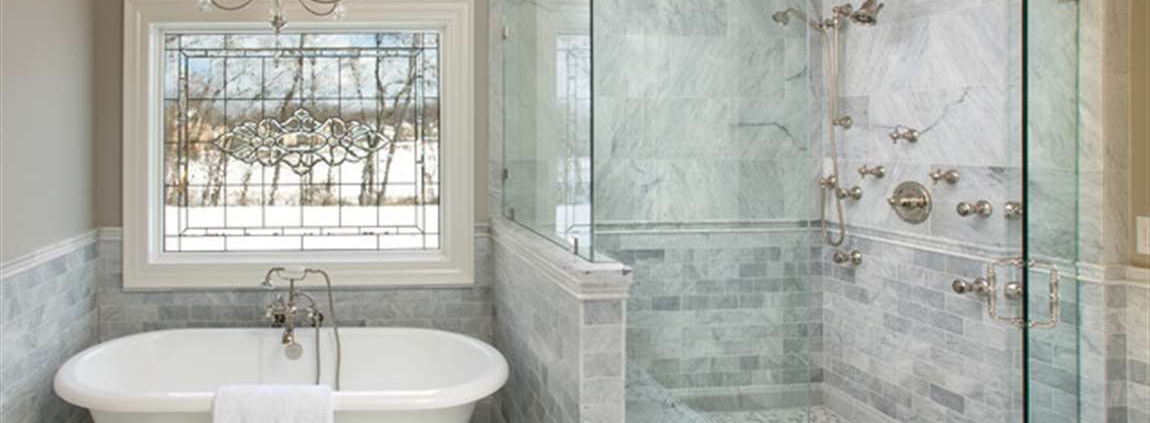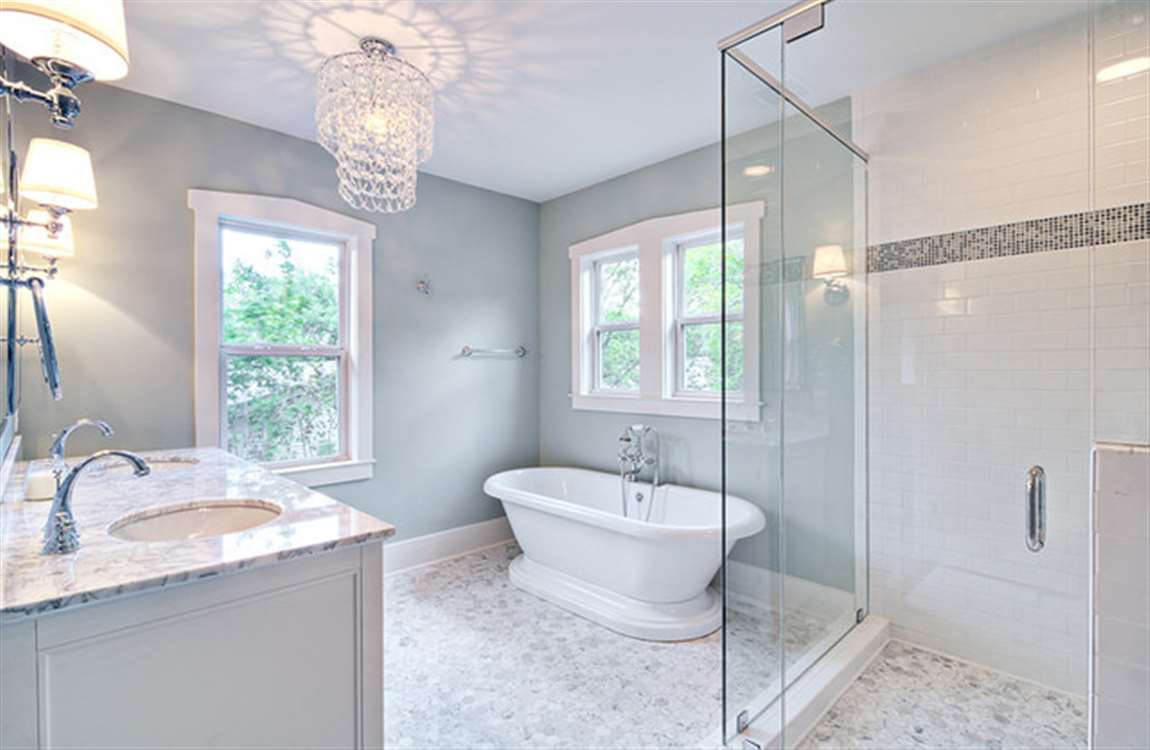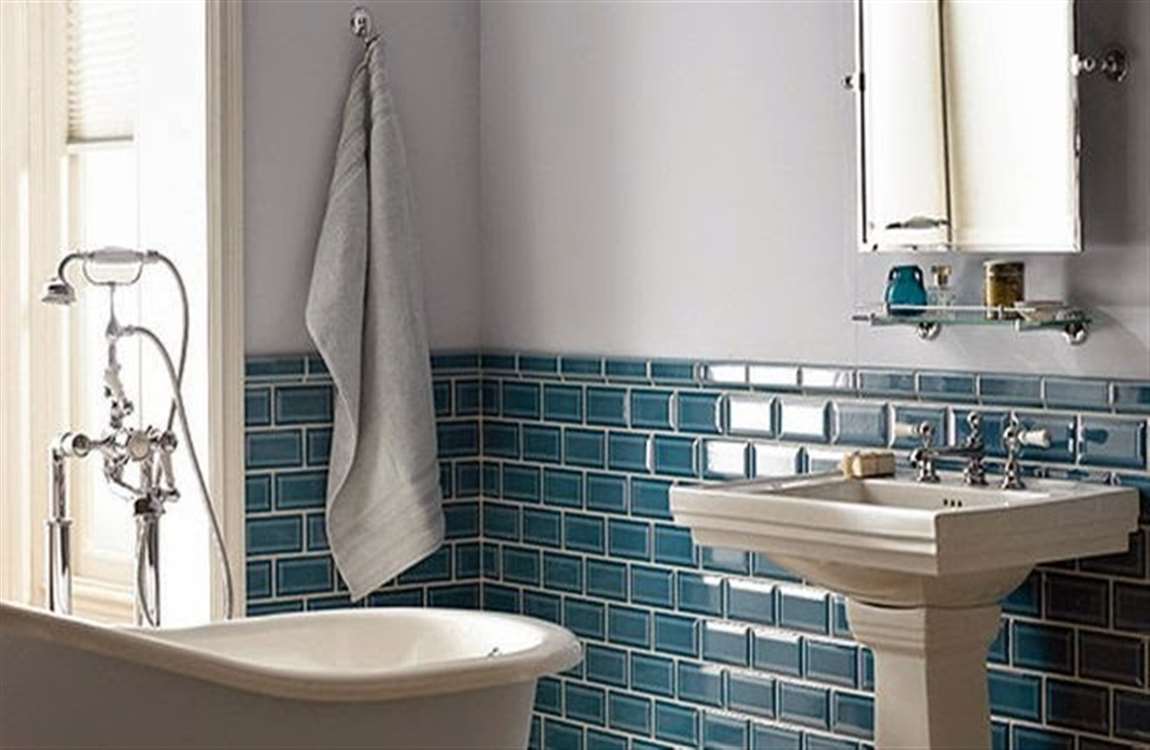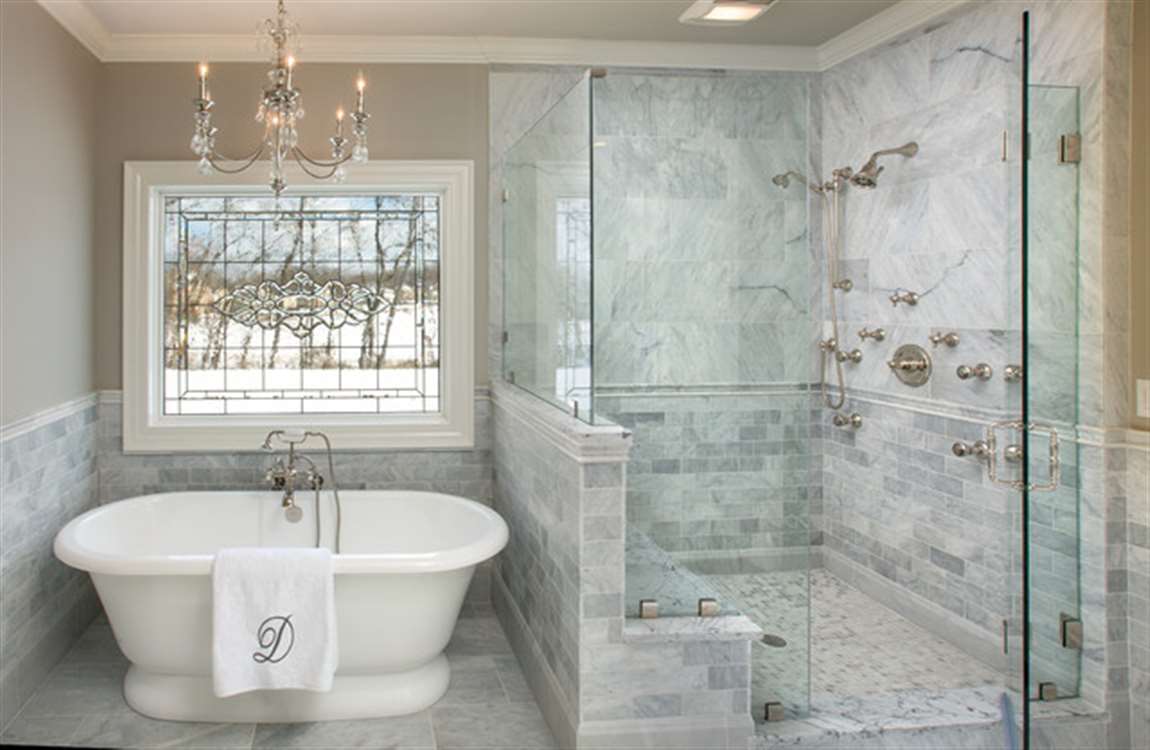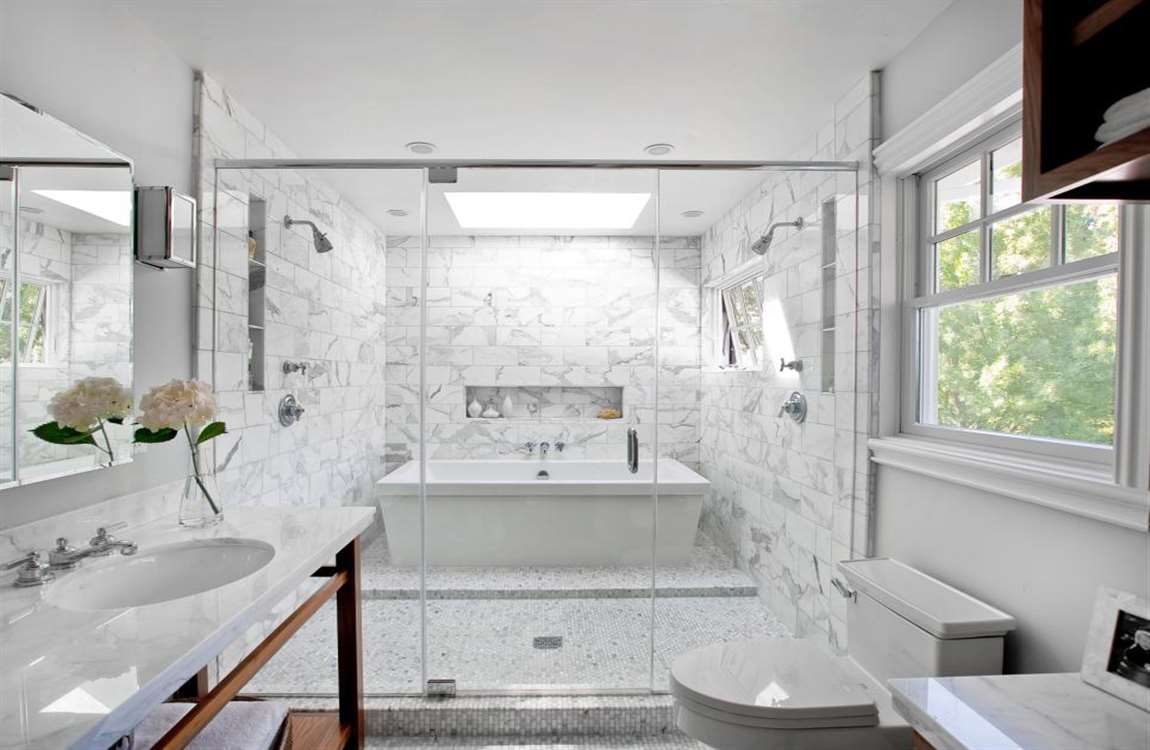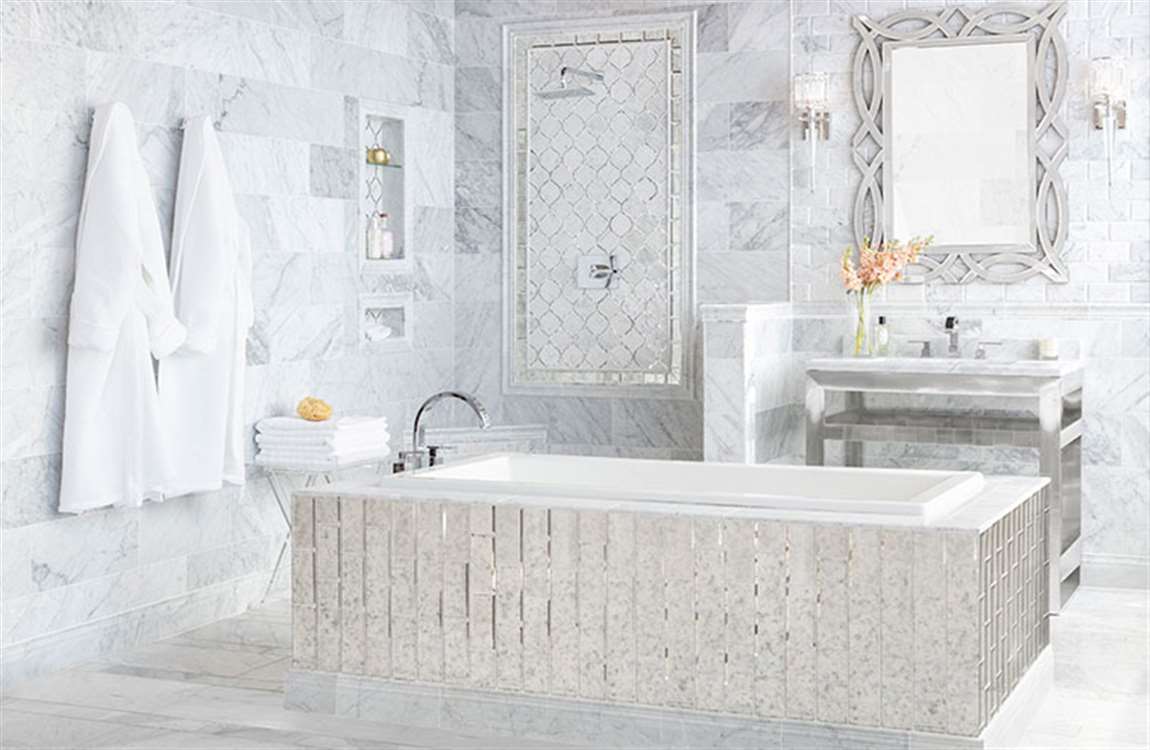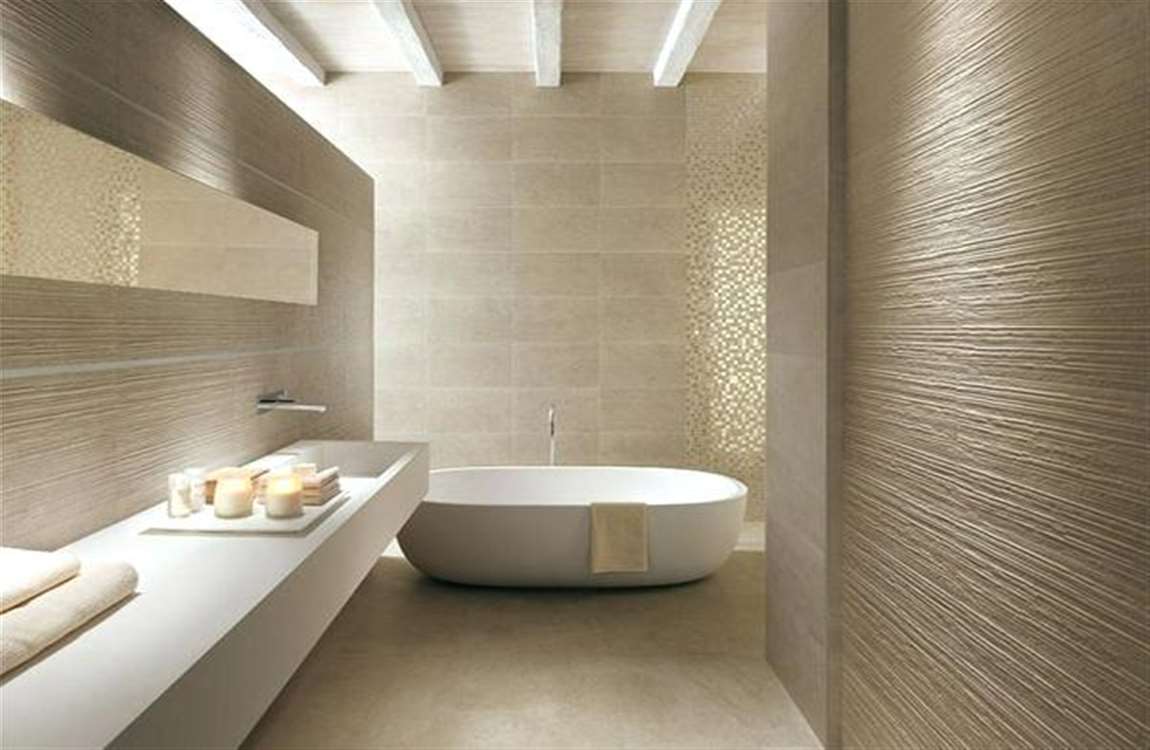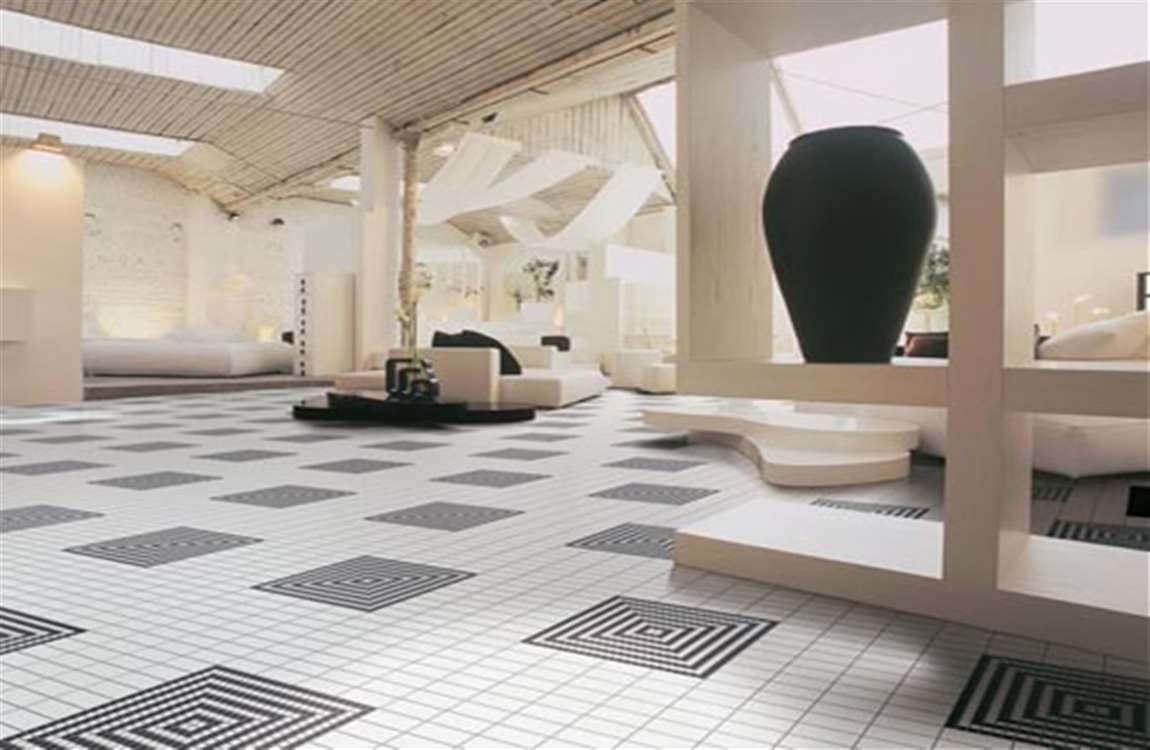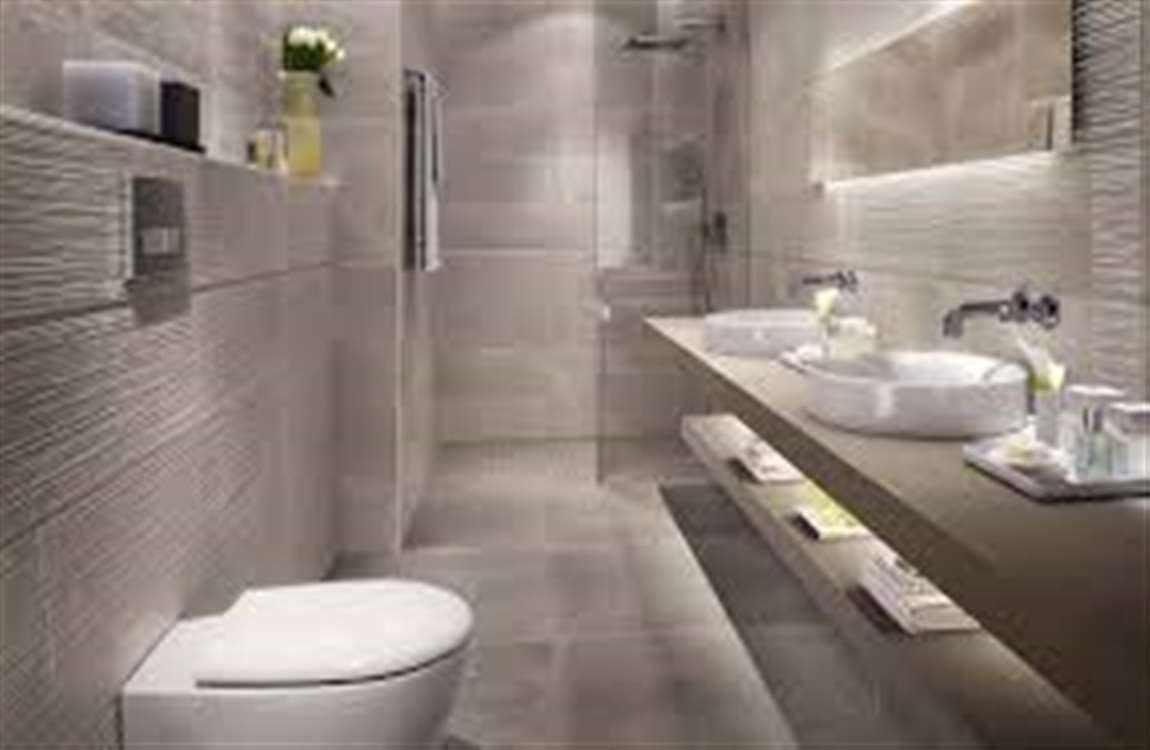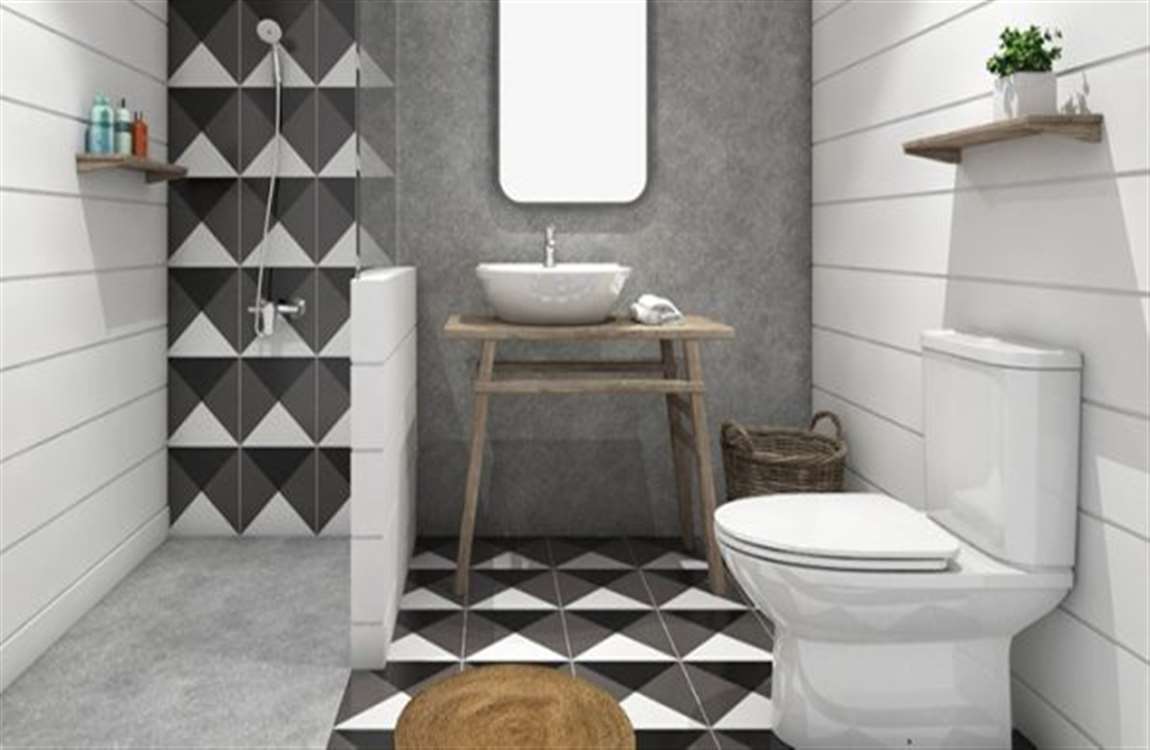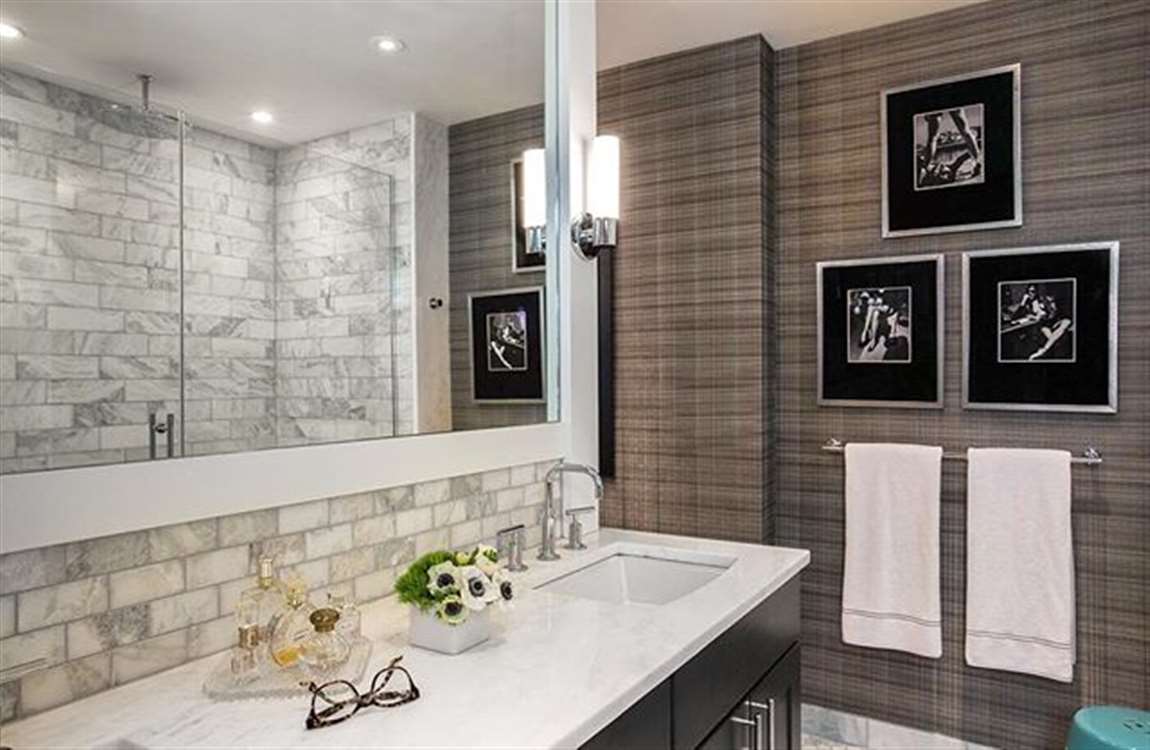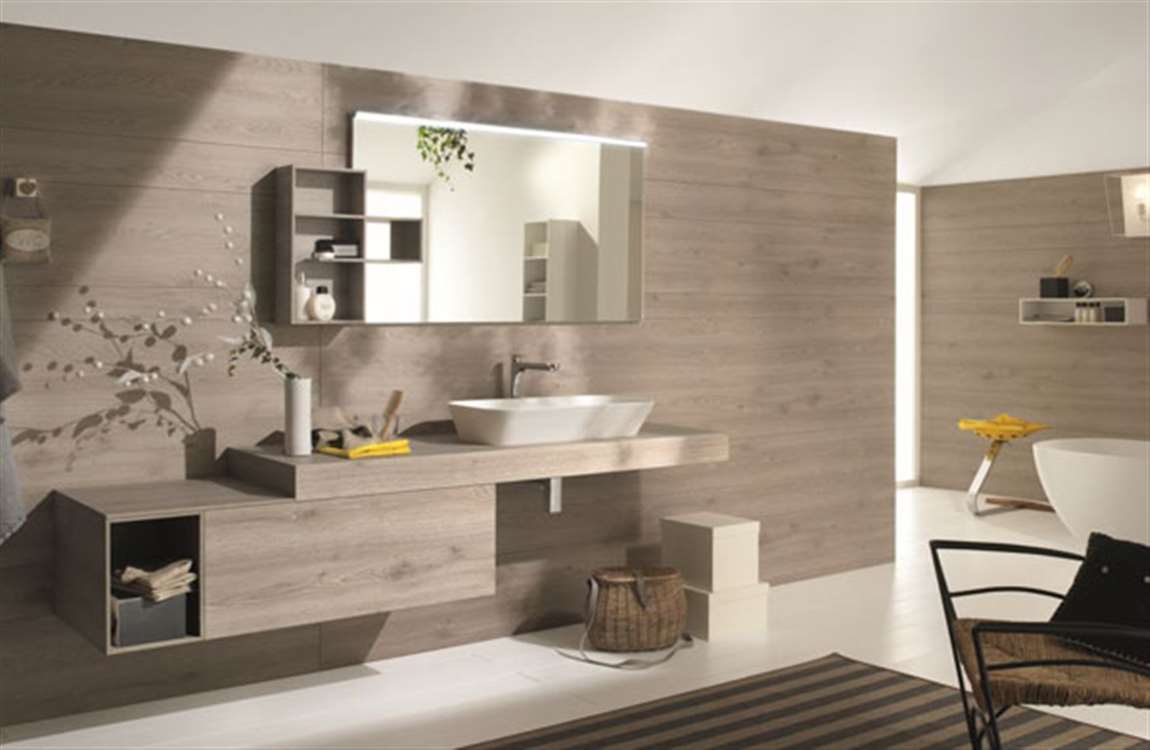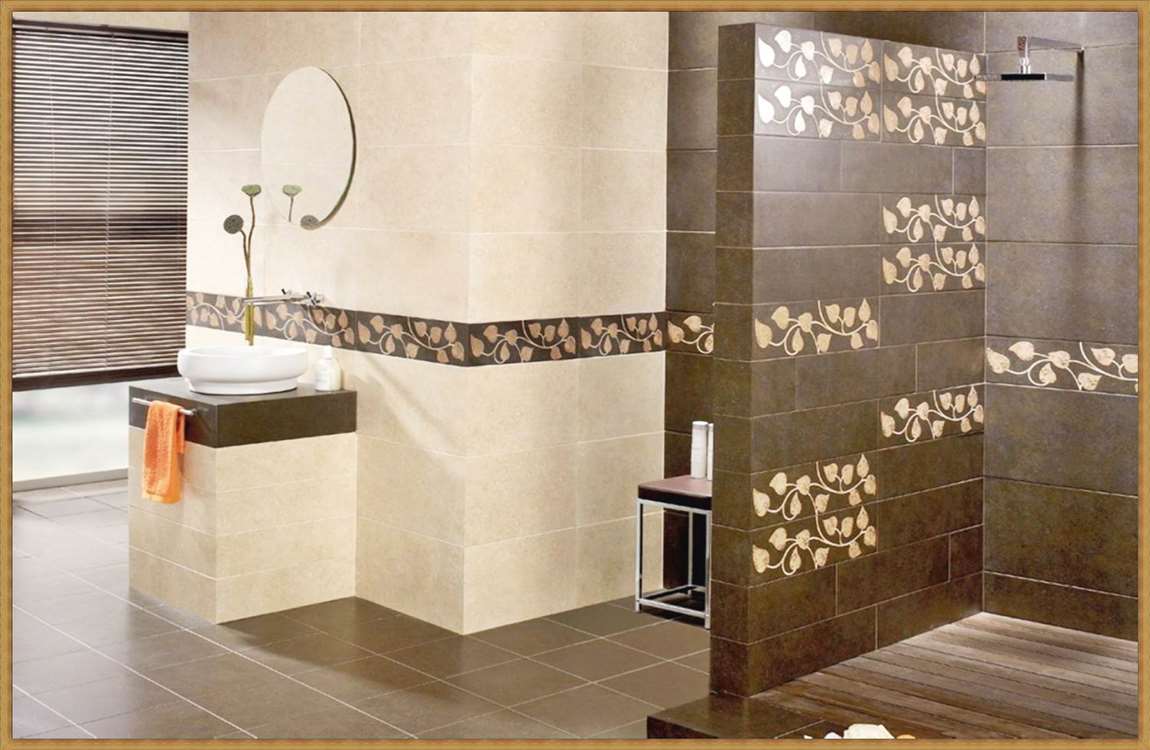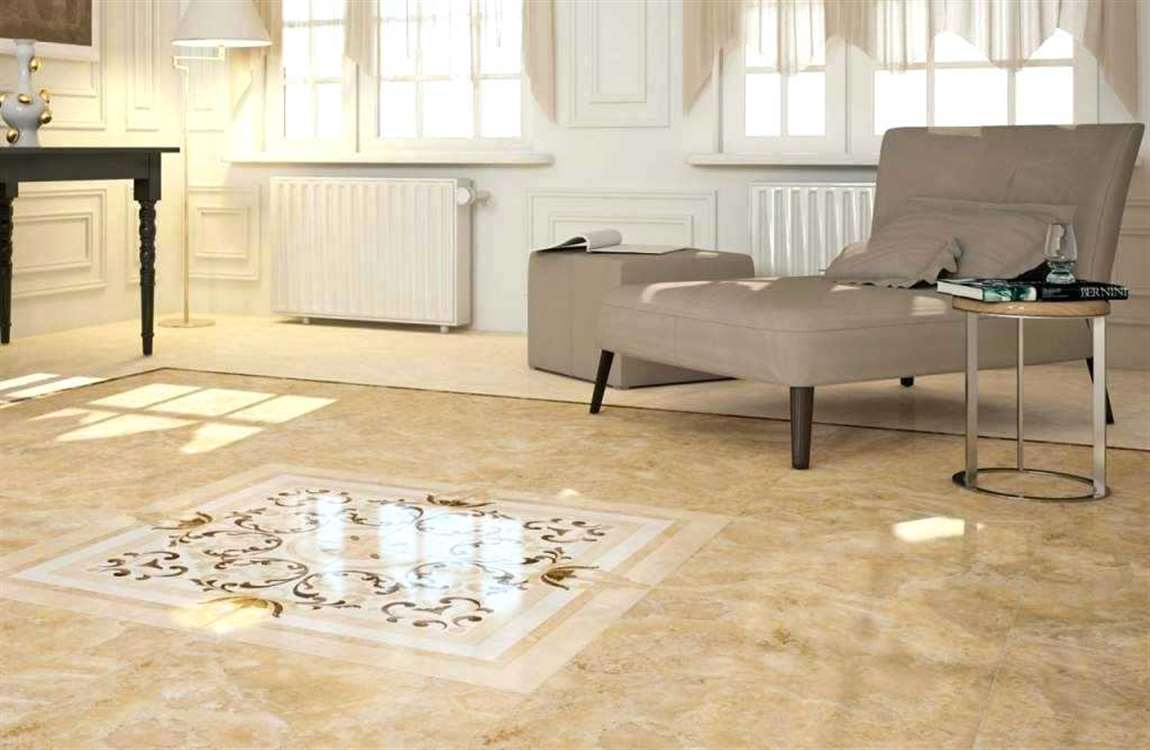How Decorating Your Bathroom?
If you have a small bathroom, consider adding a single, narrow shelf just above the bathroom vanity. Store your perfumes, cosmetics, and toothbrushes on it. If you have a small bathroom, consider getting a mini metal shelving unit that you can place on your bathroom counter or hang above the toilet. Another option for shelving is floating shelves, which are great if you don’t have the space for a unit. You can hang your floating shelves over your toilet or, if there’s no shower, above the bathtub. Use your shelves for extra towels, rolls of toilet paper, personal care items, or decorations.
Another option for shelving is floating shelves, which are great if you don’t have the space for a unit. You can hang your floating shelves over your toilet or, if there’s no shower, above the bathtub. Use your shelves for extra towels, rolls of toilet paper, personal care items, or decorations.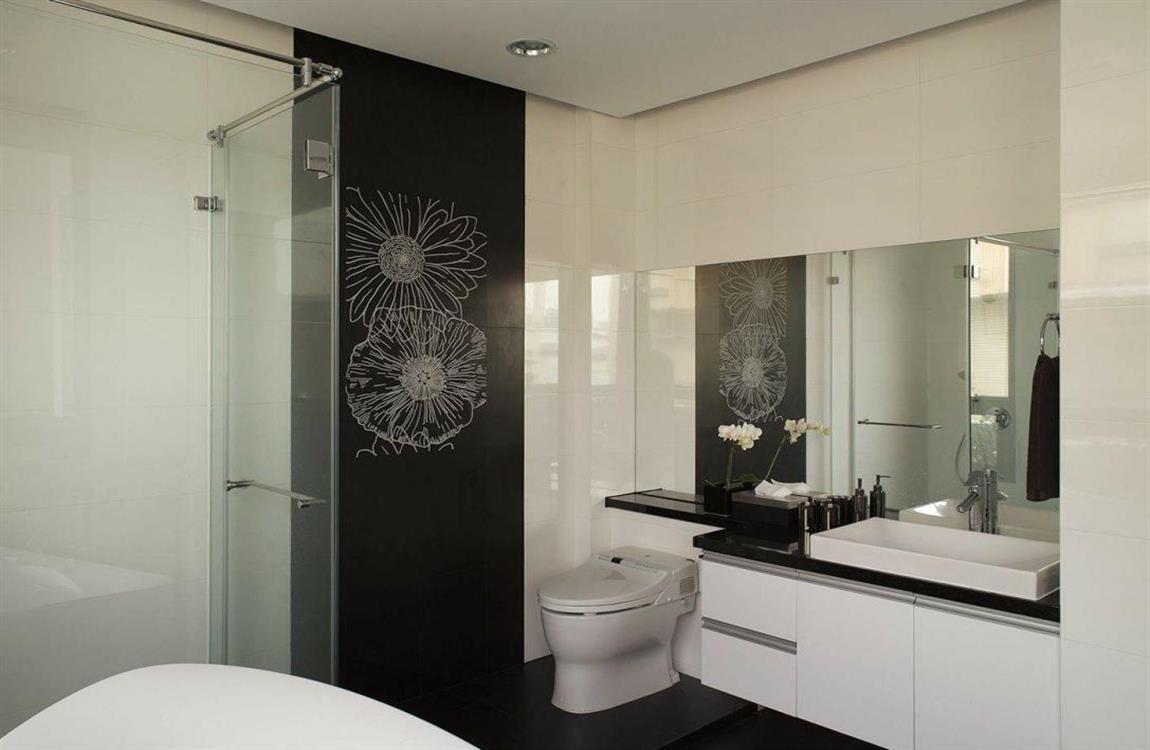 Brighten up a dull bathroom with colorful towels or a bathmat. One of the quickest ways to change the look of your bathroom is by swapping out the towels and bathmat for something new. Consider the season. Warm colors work well for fall, while cool colors work better for winter. Pastels are great for spring, and bright colors are ideal for summer.
Brighten up a dull bathroom with colorful towels or a bathmat. One of the quickest ways to change the look of your bathroom is by swapping out the towels and bathmat for something new. Consider the season. Warm colors work well for fall, while cool colors work better for winter. Pastels are great for spring, and bright colors are ideal for summer.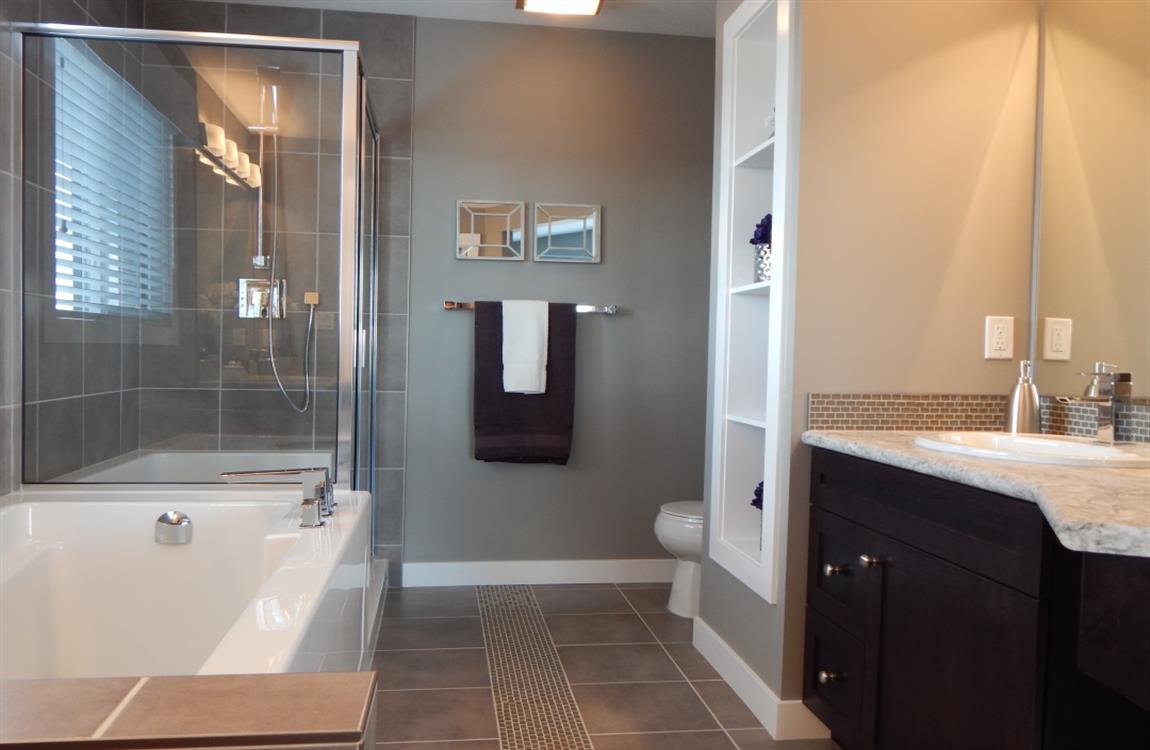
Play around with different shades and layering. For example, try a light green hand towel over a dark green bath towel. Bathroom don’t always have to be made from towel material. You can get wooden or bamboo ones too. Change out the shower curtain for something more exciting. If you have a plain white or frosted shower curtain, consider switching it out for a different one. Pick out a bright color that matches your towels. If solid colors aren’t your thing, try a pattern instead.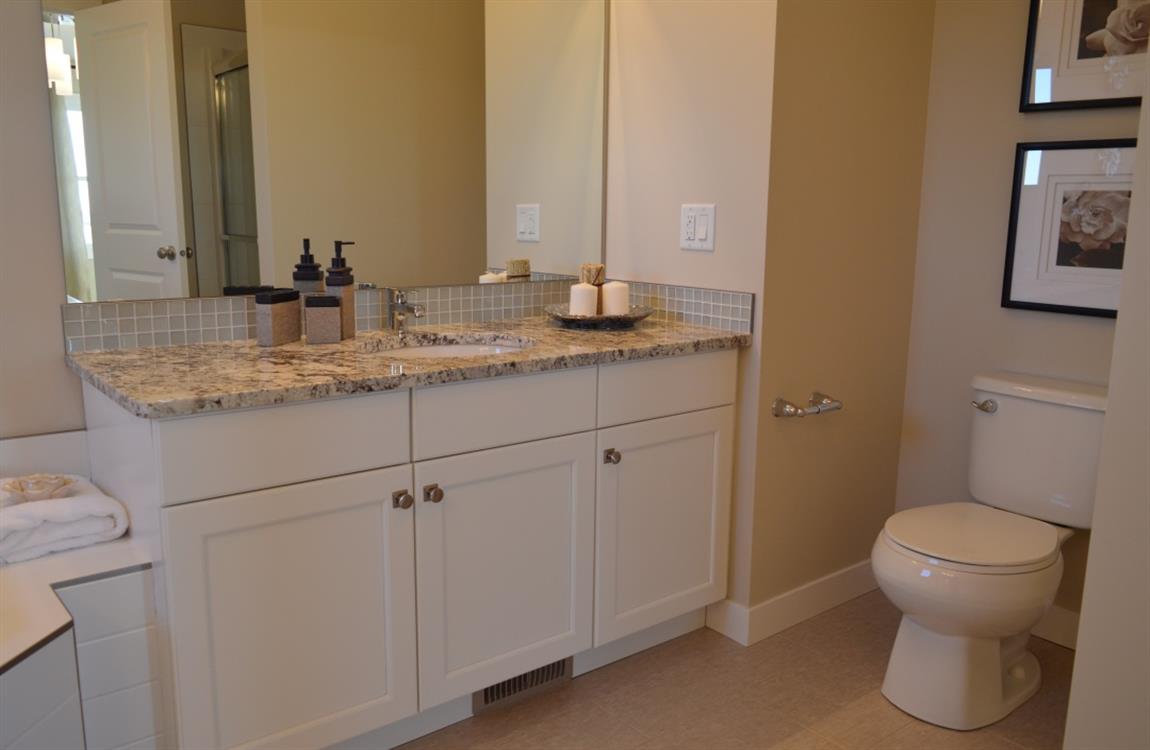 If you are going with a pattern, make sure that it matches the other colors in your bathroom. If you have a window in your bathroom, consider getting some mini curtains or blinds for it. Keep them open so that you have lots of daylight. If you have any curtains you aren’t using, you can hang these over your plastic shower curtain to create a fancy look.
If you are going with a pattern, make sure that it matches the other colors in your bathroom. If you have a window in your bathroom, consider getting some mini curtains or blinds for it. Keep them open so that you have lots of daylight. If you have any curtains you aren’t using, you can hang these over your plastic shower curtain to create a fancy look.


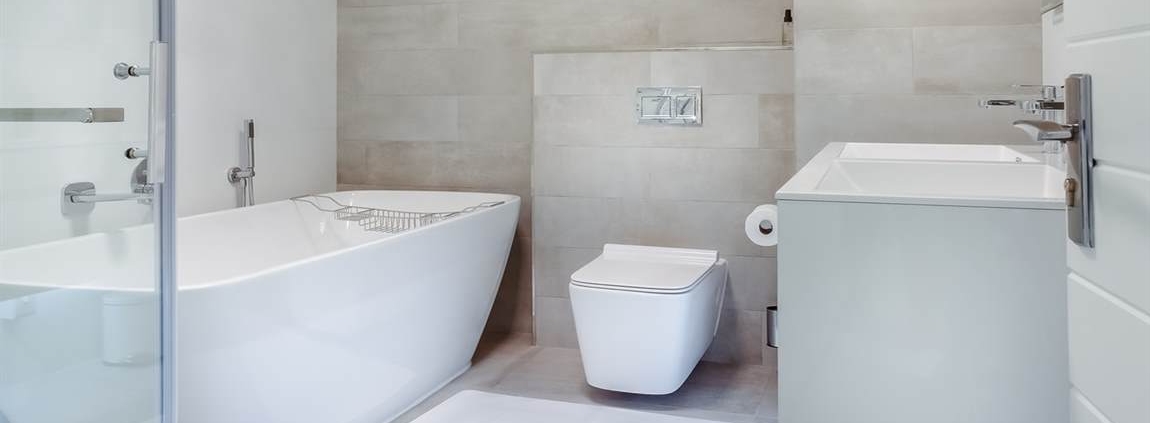
 For example, you could keep candles or bowls filled with pretty soaps on top of the table. If your table has shelves, roll up your towels and place them inside the shelves. Not only is this a great decorative touch, it’s also practical. Consider placing a nice tray atop the table for your toiletries or perfumes.
For example, you could keep candles or bowls filled with pretty soaps on top of the table. If your table has shelves, roll up your towels and place them inside the shelves. Not only is this a great decorative touch, it’s also practical. Consider placing a nice tray atop the table for your toiletries or perfumes.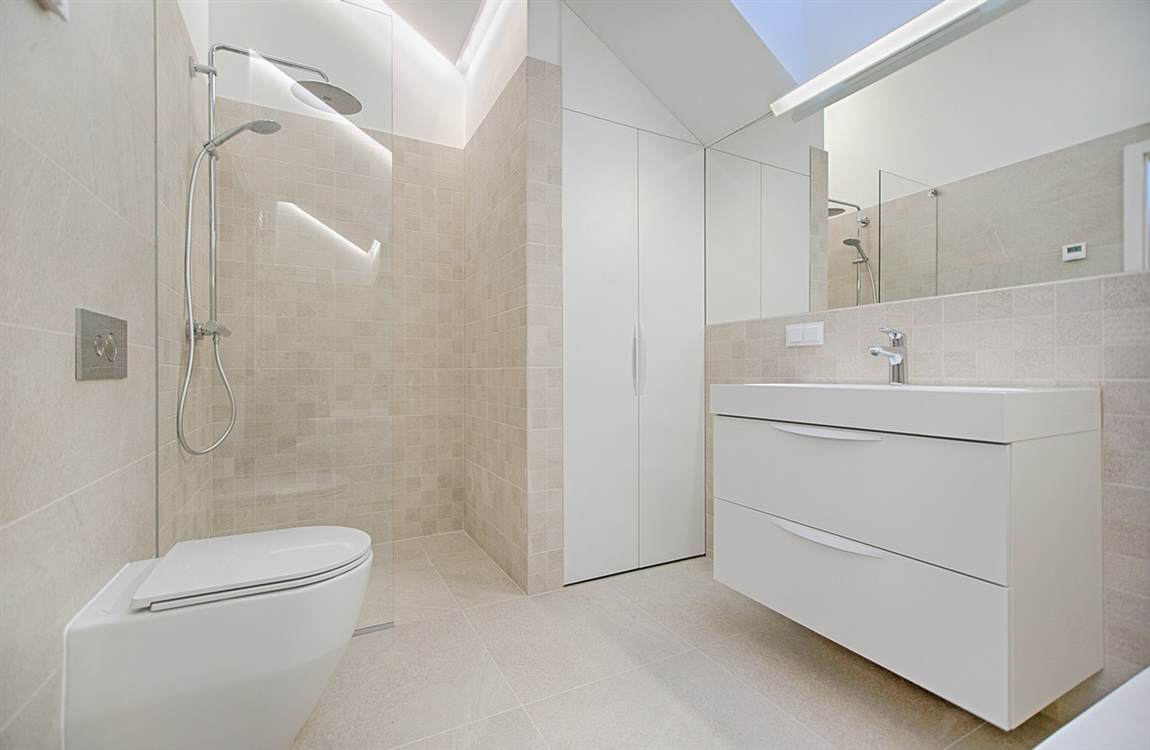 Consider an upholstered bench for comfort and luxury. Choose a bench that matches the style and colors of your
Consider an upholstered bench for comfort and luxury. Choose a bench that matches the style and colors of your 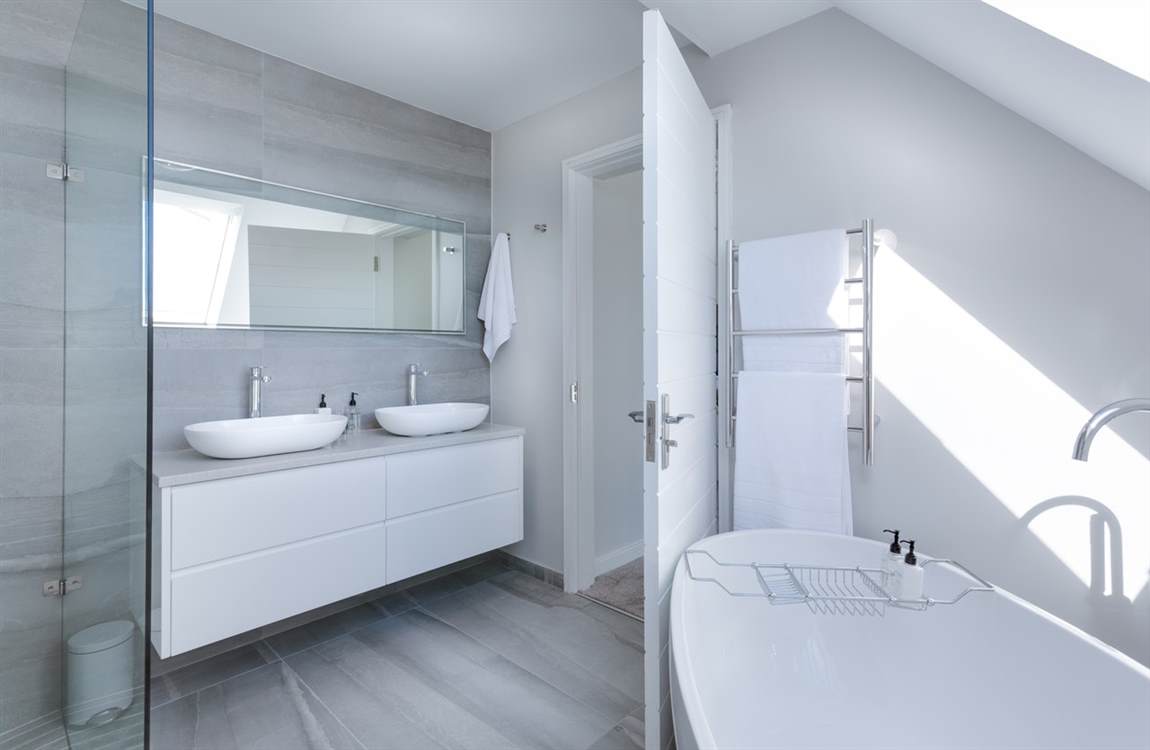 Don’t be afraid to take a bench apart and re-paint or re-upholster it. If you decide to re-upholster the bench, make sure you choose a water-resistant fabric. This is especially important if you plan to sit on the bench while wet or place wet items on the bench. Otherwise, it may develop mold or mildew.
Don’t be afraid to take a bench apart and re-paint or re-upholster it. If you decide to re-upholster the bench, make sure you choose a water-resistant fabric. This is especially important if you plan to sit on the bench while wet or place wet items on the bench. Otherwise, it may develop mold or mildew.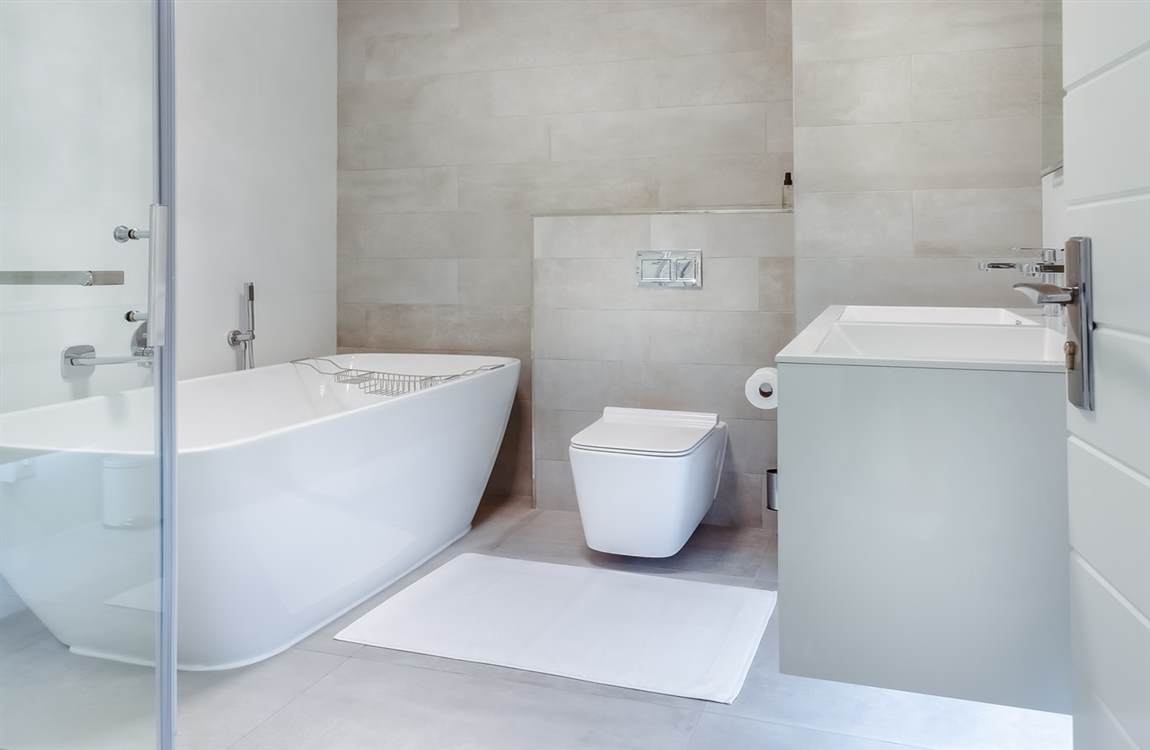 Get a shelving unit if you have space for it. Not only can this add a decorative element to your
Get a shelving unit if you have space for it. Not only can this add a decorative element to your 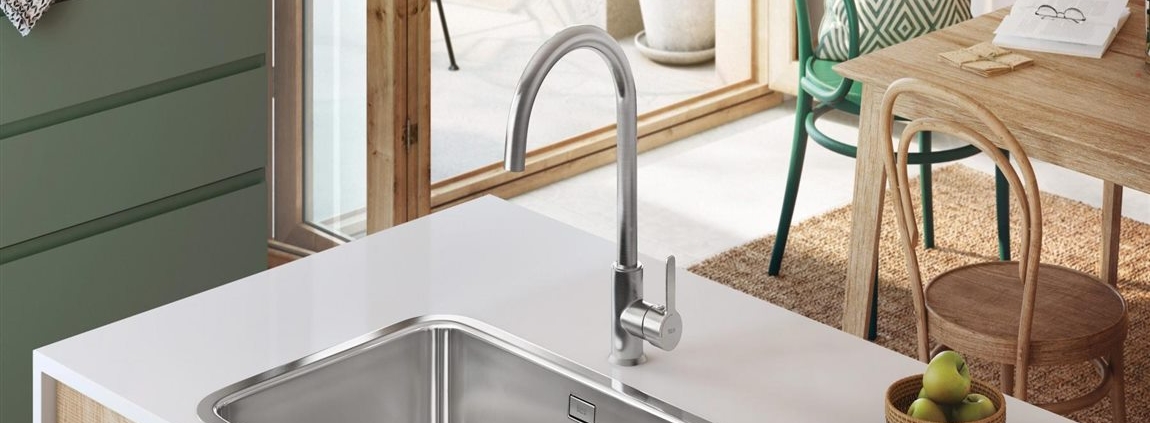
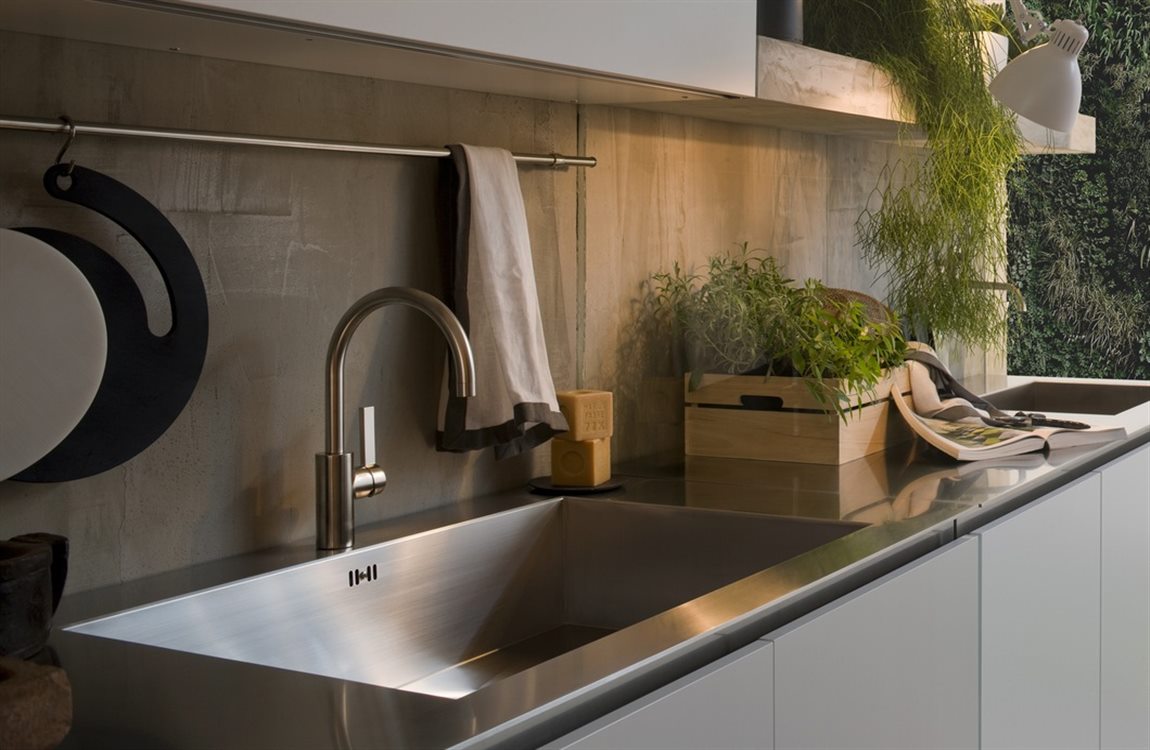 Reconnect the water lines and the P-trap underneath the
Reconnect the water lines and the P-trap underneath the 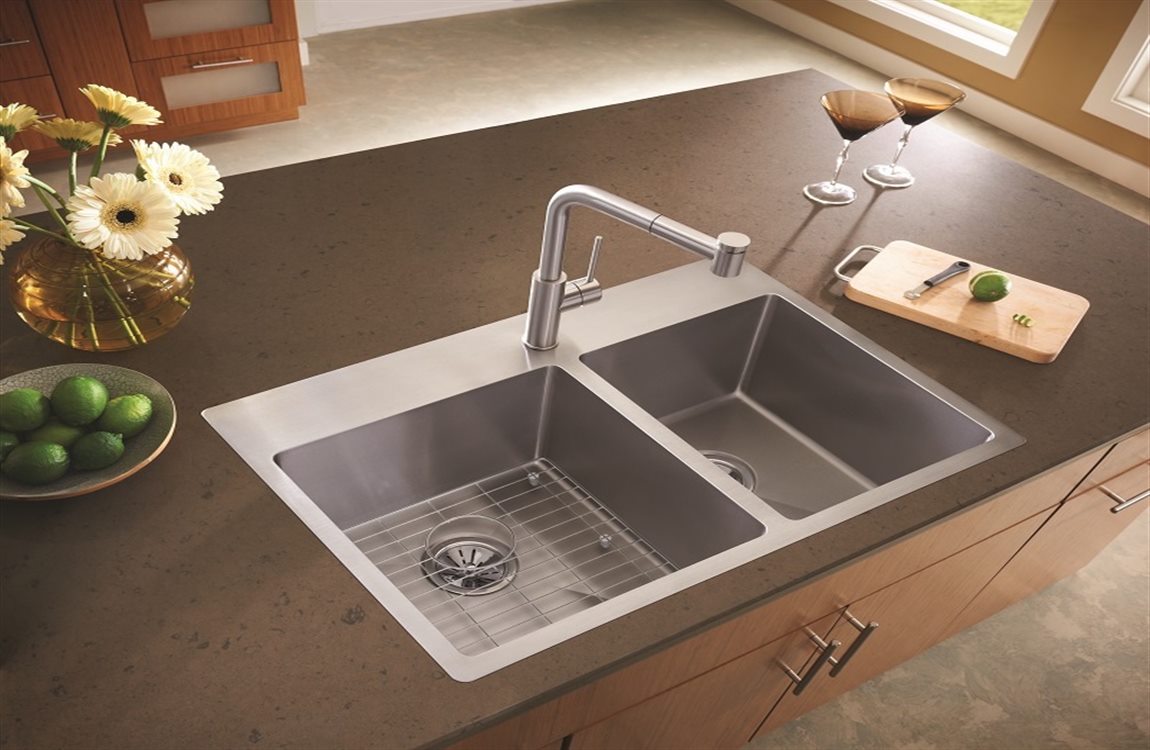 If your new
If your new  Turn the water back on and check for leaks. Open the hot and cold water valves by turning them counterclockwise. Then, open the hot and cold faucet
Turn the water back on and check for leaks. Open the hot and cold water valves by turning them counterclockwise. Then, open the hot and cold faucet  Keep the bucket or towel at the bottom of the
Keep the bucket or towel at the bottom of the 